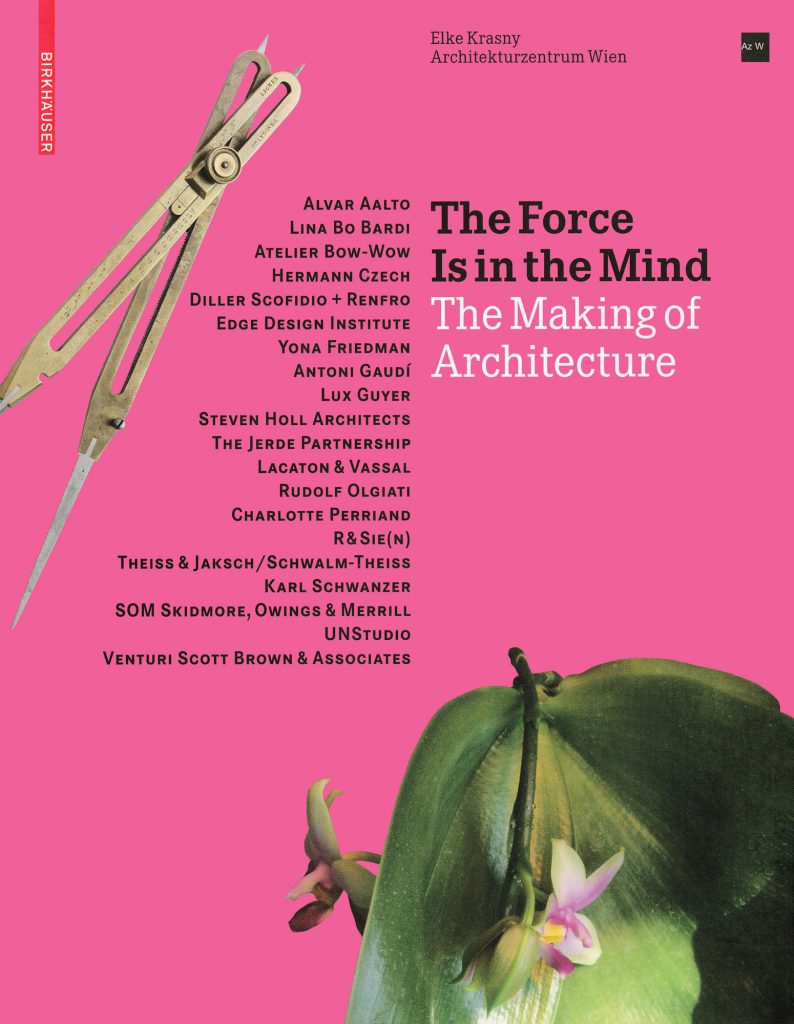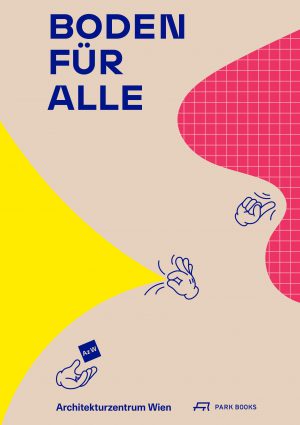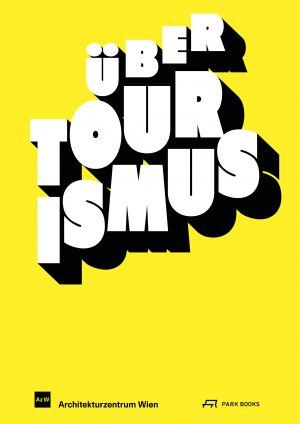Description
In 2006 when Elke Krasny embarked upon her architectural field research for The Force Is in the Mind. The Making of Architecture, she had the following question in her mind: how do the relationships and constellations between architects, their tools and their work spaces combine in the process of designing?
She had a suspicion that the way in which tools are used exerts an influence upon the design act, its course, the way it is represented and, ultimately, on the architecture itself. What roles do collective tools play in an era of the individual design act? How have computer programmes, for example, changed design methods?
Visits to 20 offices extending over a period of several days, watching architects at work, documentary photographs, taking part in discussions with clients, in design sessions, staff organisational meetings, as well as conversations and interviews were the tools Krasny chose for her studio field research. In the case of architects no longer alive interviews with former members of their staff provided an approach to these architects’ way of working.
To connect speaking and looking visits were made to the following studios: Alvar Aalto in Jyväskylä and Helsinki, Lina Bo Bardi in São Paulo, Bow-Wow in Tokyo, Hermann Czech in Vienna, Diller Scofidio + Renfro in New York, Edge Design Institute in Hong Kong, Yona Friedman in Paris, Antoni Gaudí in Barcelona, Lux Guyer in Zurich, Steven Holl Architects in New York, The Jerde Partnership in Los Angeles, Lacaton & Vassal in Paris, Rudolf Olgiati in Flims, Charlotte Perriand in Paris, R & Sie(n) in Paris, Schwalm-Theiss in Vienna, Karl Schwanzer in Vienna, Skidmore, Owings & Merrill SOM in Chicago, UNStudio in Amsterdam and Venturi Scott Brown & Associates VSBA in Philadelphia.
Essentially, we can discern two major directions. Whereas one is based always on the immaterial, on speaking, reflecting, considering before making the first line, in the other architecture is worked out precisely through these lines, through sketching, directed by the imagination, hand and eye and inscribed on a medium.
As regards the questions about starting to design, about the sources of inspiration, the individual steps in the work process and, not least importantly, about the evaluation of the role of the computer, the answers given by the various positions selected for this book open up architectural histories of a different kind that indicate the omissions made by standard architectural history in the form of canonical histories of form and style without any technological or cultural perspective.





